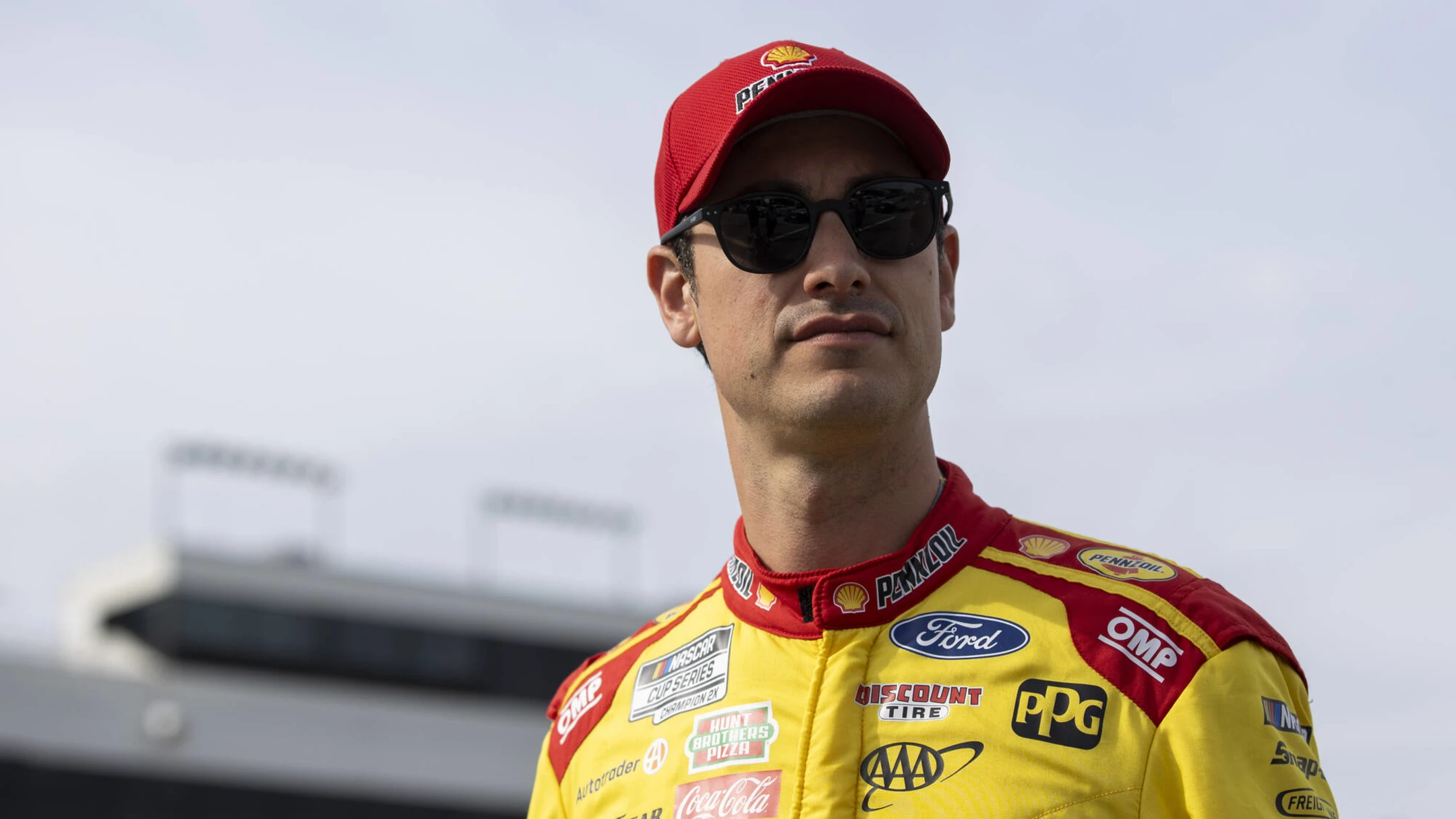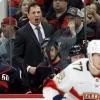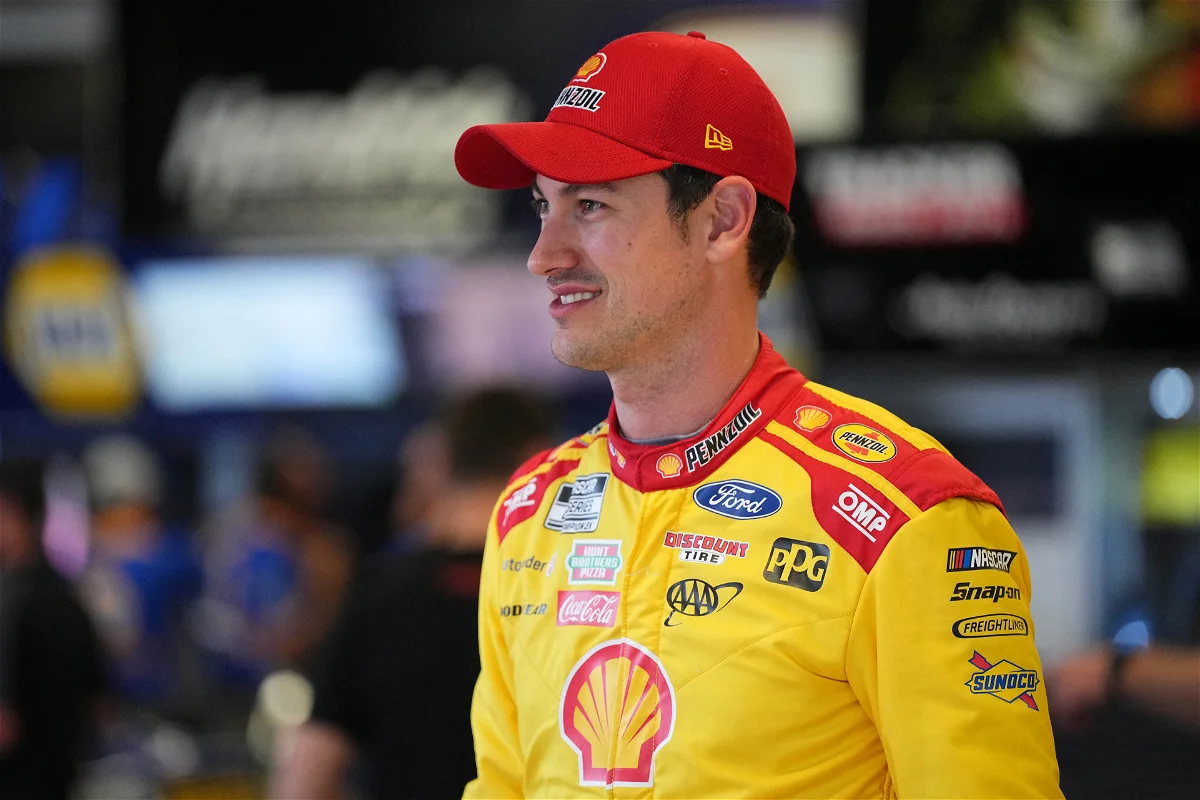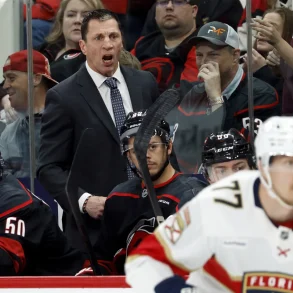The introduction of the Next Gen car has brought uncertainty to NASCAR races, particularly regarding how drivers will adapt their strategies. The Daytona 500 witnessed a surprise as drivers resorted to fuel-saving tactics, resulting in a less eventful Stage 1. While some, like Kyle Busch, Ryan Blaney, and Corey La Joie, expressed disappointment, Joey Logano saw it as a novel approach to racing.
As anticipation builds for the upcoming race at Talladega, Logano predicts that all drivers will employ similar tactics. He acknowledges the need for a change and proposes that Goodyear plays a crucial role in enhancing race excitement by delivering on promises to improve tire performance.
Recognizing that calls for major changes to the racecar might not be heeded, drivers see altering tire specifications as a practical solution to enhance racing. While the Bristol race showcased encouraging tire wear dynamics, Logano doubts similar conditions at Talladega, leading to continued reliance on fuel-saving strategies.

Logano articulates on SiriusXM NASCAR radio the importance of track position at Talladega, with drivers aiming to gain advantages during pit exchanges. Despite the expected chaos as stages conclude, Logano anticipates fierce competition as drivers push to maximize their performance.
Kyle Busch provides insight into the mechanics behind fuel-saving strategies, emphasizing the aerodynamic advantages of drafting at high-speed venues like Daytona and Talladega. By capitalizing on the draft, drivers can conserve fuel, thus minimizing time spent refueling during pit stops.
Joey Logano concludes by likening fuel-saving tactics in NASCAR to the evolution of any competitive game, emphasizing the necessity for drivers to adapt continuously. As the sport progresses, strategies evolve, demanding drivers to remain agile in their approach to racing.







